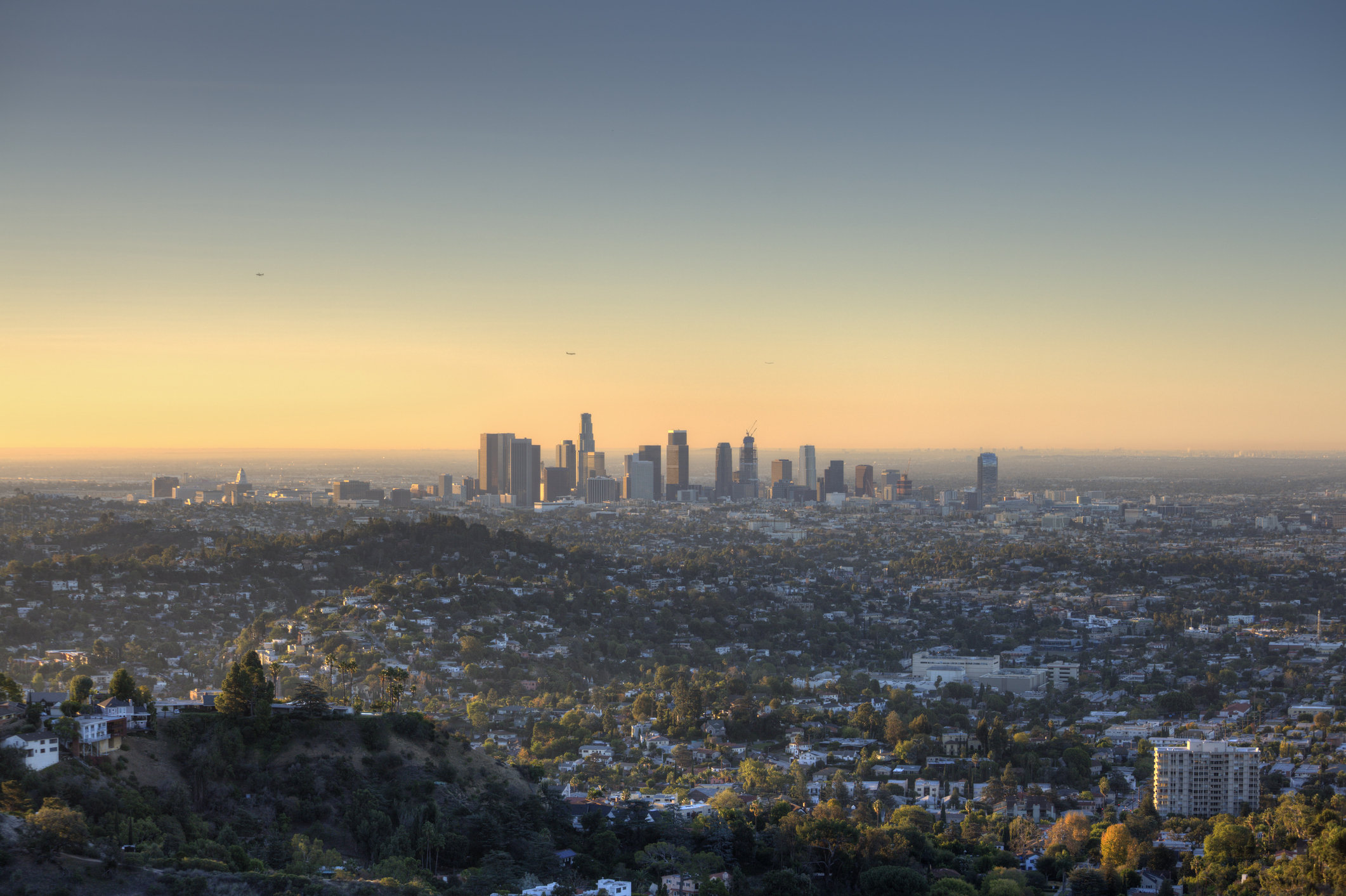
City ordinance amendment institutes harsher penalties for those who flout water restrictions amid drought.
What do Kylie Jenner, Amy Poehler, and Tom Selleck have in common? They have all been victims of #droughtshaming, the Twitter phenomenon aimed at shaming California’s most egregious, famous water users into reducing their consumption as the state tries to recover from five years of drought conditions. Until now, though, mega-users of Los Angeles’ limited water supply have not faced penalties specifically for their exorbitant usage. That is changing.
Los Angeles Mayor Eric Garcetti recently signed an ordinance into law that the city’s Department of Water and Power (LADWP) to fine residents between $1,000 and $40,000 a month for “unreasonable” water consumption.
Previously, penalties were assessed for specific violations, such as watering a lawn at the wrong time of day, or serving water to restaurant patrons that had not specifically requested it. Although expensive for some, the fines cost up to $600—not enough to deter California’s wealthiest water customers. As LADWP’s senior assistant general manager reportedly said in favor of the ordinance, “We need something for someone who says, ‘My water bill is not that big compared to every other bill I have in my life. I want to have what I want to have and I’m willing to pay for it.”
Under the new amendments to the city’s Emergency Water Conservation Plan, the LADWP will determine whether single-family customers in the highest of four tiers of water use have excessive consumption habits. The department must prepare a conservation plan to identify unreasonable water use, and then make suggestions on how to make reductions. The LADWP will also create a water budget, based on California standards, for each property identified as an unreasonable user.
Despite the desire to institute policies with teeth to help bring deep-pocketed offenders into compliance, LADWP Senior Assistant General Manager, Marty Adams, said the department would first “seek to reduce high water use through a customized plan, education, rebates and incentives,” before imposing penalties.
Another set of changes focuses on the city’s Green Building Code. This set of amendments will require new buildings, additions, or alterations costing more than $200,000 to include water conservation measures in their design and construction. Construction subject to the measures will need to ensure that water used for landscaping meets state standards, as well as cut indoor water use by 20 percent. Furthermore, buildings larger than 50,000 square feet that will house multiple residential or commercial tenants will have to install sub-meters, so that individual tenants can measure their own water usage. “These are important steps toward creating a water-wise city far into the future,” said Mayor Garcetti. “New buildings should reflect the 21st century appreciation of water as a critical resource.”
Los Angeles’ new penalties come at the same time as a push by many water districts across California for the State Water Resources Control Board to ease statewide restrictions after a wet winter has alleviated some of the drought’s effects. Southern California still faces much drier conditions than the north, though. It is also home to some major water wasters—one property guzzled nearly 12 million gallons of water in one year, earning the owner the nickname “The Wet Prince of Bel Air.” To put that into perspective, the U.S. Environmental Protection Agency estimates the average American family uses about 400 gallons of water a day, or 146,000 gallons over a year.
California remains under a mandatory order to reduce water use by 25%, announced last April by Governor Jerry Brown. A bill introduced in the state Senate earlier this year would implement statewide fines for “excessive water use,” somewhat similar to LA’s new measures, during emergency drought conditions. That bill is slated to leave committee next. The amendments to the Emergency Water Conservation Plan became effective May 3rd, and the Green Building Code amendments are scheduled to take effect June 6th.



